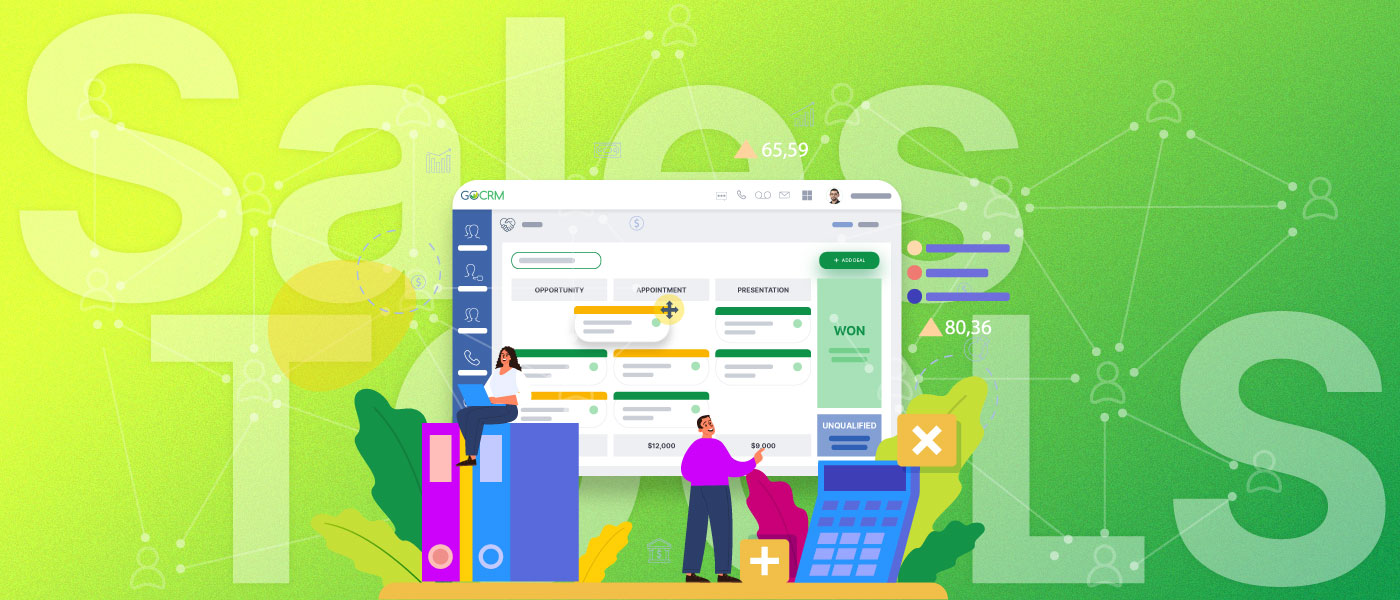
The digital transformation of the sales process is an accelerating global trend across industries. The pandemic turbo-charged the shift to digital tools as a matter of necessity. But now, as businesses adapt to remain competitive, many wonder why they didn’t do it sooner.
That’s because modern digital sales tools afford a world of strengths, making it possible to gain a better understanding of your customers, to learn their needs and preferences, and to personalize interactions. They help sales teams capitalize on opportunities to cross-sell and up-sell, to reach the right customers with the right message, and ultimately to earn their loyalty.
Even the B2B space, where more traditional sales models have clung on well into the digital age, is now rapidly evolving in the direction of digital commerce. In its Future of Sales 2025 report, Gartner predicts that 80% of B2B sales interactions will be through digital channels by 2025.
“Sales organizations must be able to sell to customers everywhere the customer expects to engage, interact and transact with suppliers,” says Gartner’s Managing Vice President, Cristina Gomez.
What are sales tools?
Simply put, sales tools refer to the digital platforms and applications sales teams use to help them do what they do. Data is at the heart of a digital sales process and is the key ingredient in the recipe for success. Modern tools put relevant information at the fingertips of sales teams as they need it, allowing them to be more efficient and proactive in their approach than was ever possible before.
A complete set of digital sales tools will cover the entire customer journey, which starts with identifying which prospects offer the highest chances of converting. They help sales professionals decide when, where and how to reach potential customers, what products or services are most relevant, and what benefits to lead with. They also help to streamline processes and remove tedious manual labor from the equation, allowing sales professionals to focus their attention on selling.
Demonstrating their effectiveness, a McKinsey survey of 2,500 B2B companies found that those which embraced modern digital sales tools consistently outperformed slower-moving competitors. Of those outperformers, 32% had more than half of their customer interactions through digital channels compared to 20% of the slow growers. And 42% of outperformers generated more than half their revenue through digital channels, compared to only 25% of the slow growers.
5 tools to leverage sales
1. Customer Relationship Management (CRM)
CRM software provides a complete picture of the customer with all available customer data and a history of every interaction with the business. It helps to ensure teams collaborate effectively to provide a seamless, intuitive customer experience at every stage of the sales cycle.
2. Sales Intelligence (SI)
Sales intelligence software provides salespeople with data and analytics to help them identify patterns in sales data, address gaps in the sales process, and to make the most of any sales opportunity. SI tools collate and filter data to present the most relevant information to help optimize the sales message.
3. Lead Handling and Prospecting
Lead management and prospecting tools help to streamline and support the process of identifying potential new leads for a sales team to pursue and determine the value of those leads with a score. Lead scoring essentially assigns a value to a lead based on how likely they are to convert, lighting the way for sales teams in their prospecting efforts.
4. Analytics and Reporting
There is great value in sales and customer data and the right reporting tools will ensure you capitalize on it. These tools bring various data points together – from transactional data to social media, SEO and other performance metrics relevant to your sales process – presenting them on a single dashboard that enables salespeople to easily put actionable reports together and helps teams coordinate and work effectively.
5. Automation and integrations
Many old manual processes can now be automated, allowing salespeople to be far more effective than ever before. Most of the above tools use automation to varying degrees to help businesses make the most of their available resources. Integrations ensure that siloed data doesn’t impede the process, ensuring that a complete picture is always available and up to date at every stage of the sales cycle.
How to choose your sales tools
Every sales tool has a role to play and it’s important to understand what that is before making your decision. Many tools offer a combined functionality but when using two or more it’s vital they work in harmony with each other. Each business has different needs based on their product offering and the structure of their sales process, making a one-size-fits-all solution unwise. Longer sales cycles, for instance, require multiple touchpoints and may lean more heavily on content marketing or social media than a business that sells fast-moving consumer products.
The right combination should provide all the information and functionality required in a powerful suite of tools. It should future-proof your sales process and allow your teams to do what they do quicker, easier, and more effectively. That’s ultimately what digital transformation is all about.





